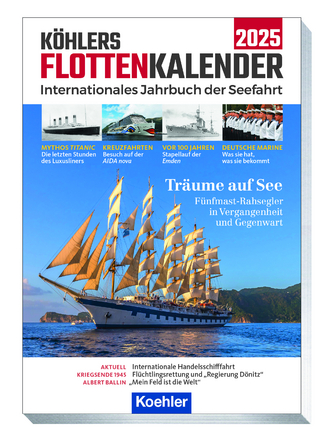
Morris Canal and the Age of Ingenuity
Climbing Mountains to Solve America's First Energy Crisis
Seiten
2016
Fonthill Media Ltd (Verlag)
978-1-63499-004-2 (ISBN)
Fonthill Media Ltd (Verlag)
978-1-63499-004-2 (ISBN)
- Titel nicht im Sortiment
- Artikel merken
With inclined planes to drag boats over hill and dale, the Morris Canal linked tidewater cities, reliant on wood and mud roads, to a coal-rich hinterland, solving America's first energy crisis. This forever changed the communities through which the canal passed, fueling America's rise from colonial backwater to global economic powerhouse.
Hauling Pennsylvania anthracite and backloads of iron ore among mountain mines, inland ports and tidewater cites along its 106-mile route, the Morris Canal (1824-1924) with its water-powered inclined planes performed an engineering feat of worldwide note. The Morris Canal and the Age of Ingenuity traces the rise and fall of this hybrid canal-and-railway from technological marvel to quaint curiosity over the course of a century. Built as part of an ambitious network of nineteenth-century "internal improvements," it combined with other canals and railways to solve America's first energy crisis, relieving rising seaboard cities of dependence on depleted woodlots and mud roads. Though superseded by all-season railroads of far greater capacity, the canal fills a formative chapter in the backstory of America's rise from colonial backwater to global economic powerhouse. For those who recognize the importance of innovation to economic growth, the Morris Canal also presents a historical lesson of timely interest.
Hauling Pennsylvania anthracite and backloads of iron ore among mountain mines, inland ports and tidewater cites along its 106-mile route, the Morris Canal (1824-1924) with its water-powered inclined planes performed an engineering feat of worldwide note. The Morris Canal and the Age of Ingenuity traces the rise and fall of this hybrid canal-and-railway from technological marvel to quaint curiosity over the course of a century. Built as part of an ambitious network of nineteenth-century "internal improvements," it combined with other canals and railways to solve America's first energy crisis, relieving rising seaboard cities of dependence on depleted woodlots and mud roads. Though superseded by all-season railroads of far greater capacity, the canal fills a formative chapter in the backstory of America's rise from colonial backwater to global economic powerhouse. For those who recognize the importance of innovation to economic growth, the Morris Canal also presents a historical lesson of timely interest.
Born in Newton, NJ, Kevin Wright graduated Rutgers College. He was successively tour director at Waterloo Village, curator at the Steuben House in River Edge and regional resource-interpretive specialist for thirty years before retiring in 2008. Often speaking on historical topics, he has authored books and articles, exhibit catalogues, brochures, blogs and websites. His service with historical societies and preservation commissions includes terms as president of the Sussex County Historical Society and of the Bergen County Historical Society.
Acknowledgments; Introduction; 1 The Coal Rush; 2 The Morris Canal and Banking Company; 3 A Work in Progress; 4 Troubled Waters; 5 A Paying Proposition; 6 Back Number; Endnotes; Bibliography.
| Erscheinungsdatum | 02.06.2016 |
|---|---|
| Verlagsort | Toadsmoor Road |
| Sprache | englisch |
| Themenwelt | Natur / Technik ► Fahrzeuge / Flugzeuge / Schiffe ► Schiffe |
| Naturwissenschaften ► Biologie ► Ökologie / Naturschutz | |
| ISBN-10 | 1-63499-004-8 / 1634990048 |
| ISBN-13 | 978-1-63499-004-2 / 9781634990042 |
| Zustand | Neuware |
| Haben Sie eine Frage zum Produkt? |
Mehr entdecken
aus dem Bereich
aus dem Bereich
internationales Jahrbuch der Seefahrt
Buch | Softcover (2024)
Koehler in Maximilian Verlag GmbH & Co. KG
23,95 €


